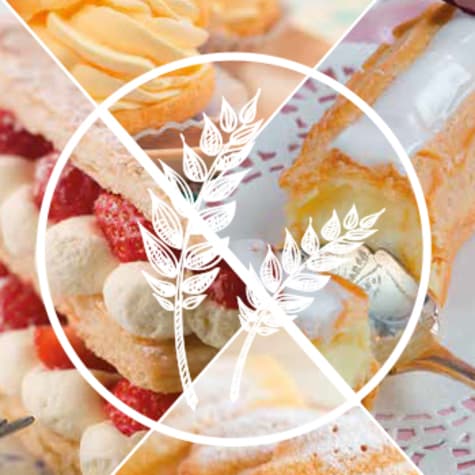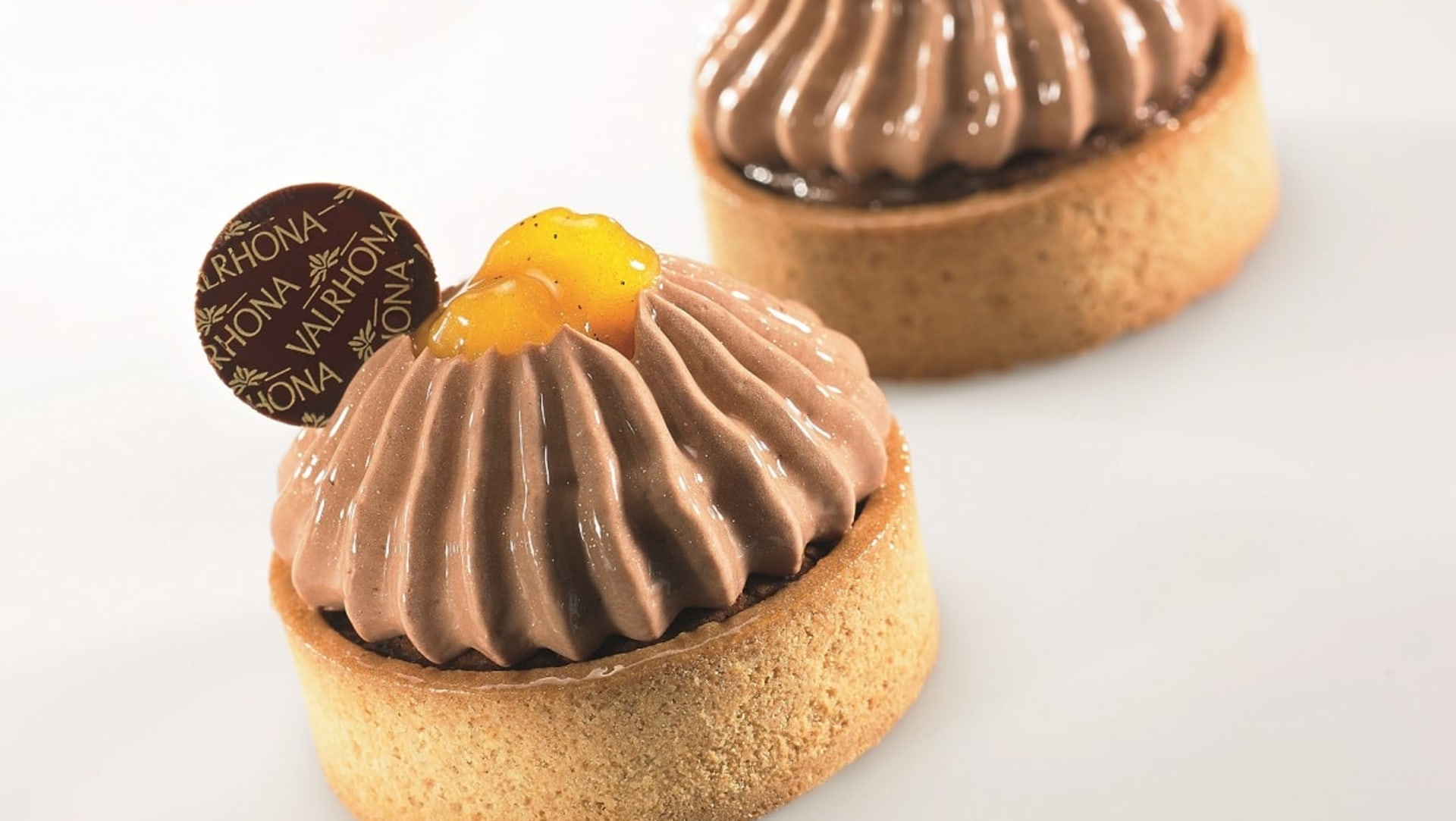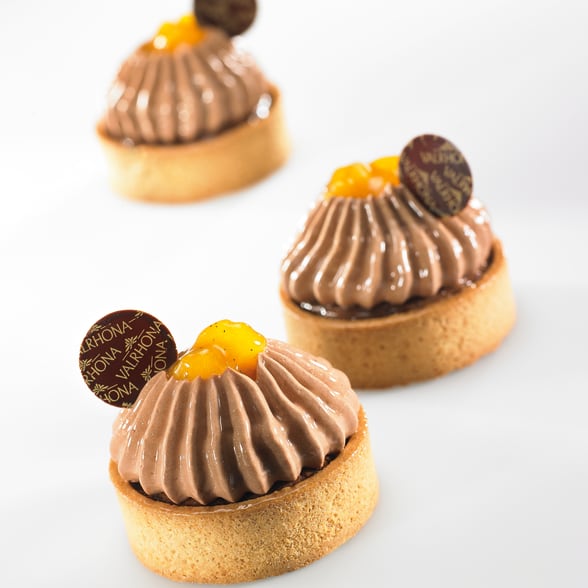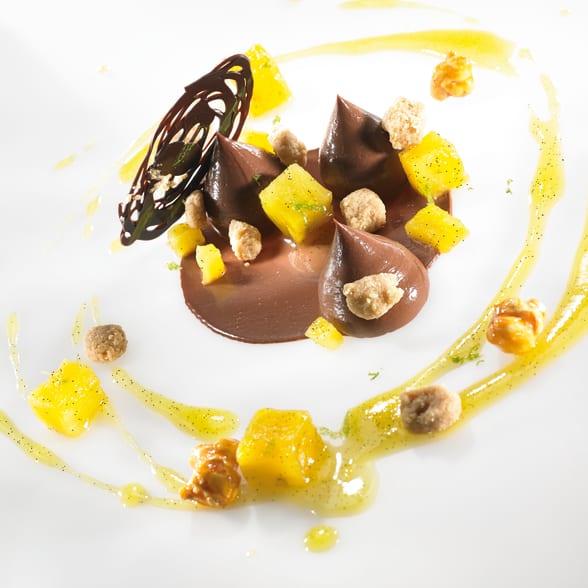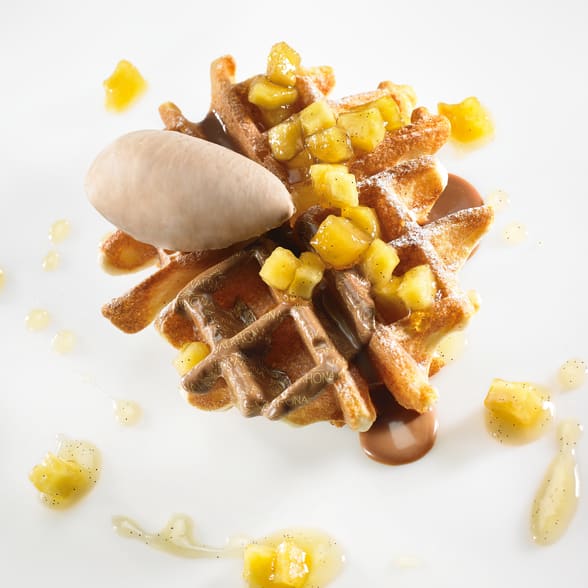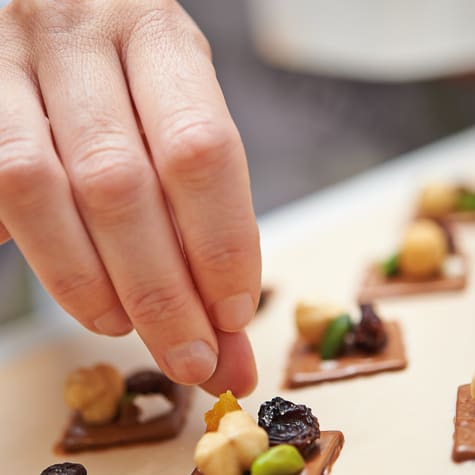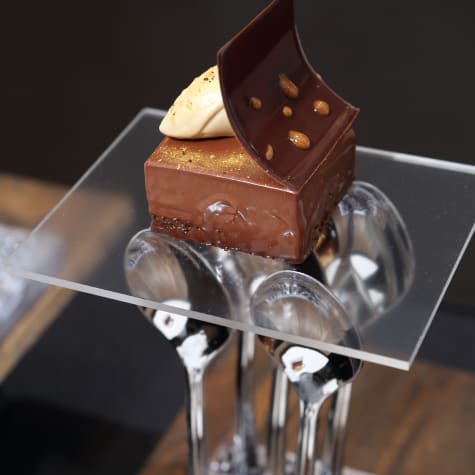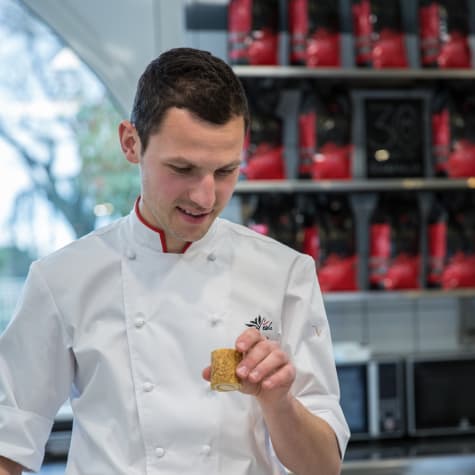You are using an outdated browser. Please upgrade your browser to improve your experience and security.
Edito
Our gluten-free dessert and pastry recipes
We believe that everyone should have access to the exceptional, therefore, our Valrhona teams, in collaboration with the AFDIAG (French Association for Gluten Intolerance), have carried out extensive research and creative work in order understand the issues associated with gluten, a commonplace food found in our kitchens, and provide culinary professionals with concrete solutions.
It is our wish to provide you with a tool that can guide you into a growing market and enable you to express your creativity and generosity when dealing with a specific and burgeoning requirement.
The market for products for people with food allergies and intolerance is experiencing rapid and profound growth.
The « gluten-free » product segment is a major driver in this market sector. Faced with growing consumer demand and market-growth prospects, more and more brands are committing to the cause.
Restaurants, bakeries, and pastry shops are suitably adapting so as to provide gourmet and high-quality products to people with allergies and food intolerances.
